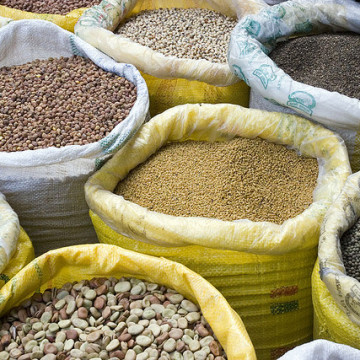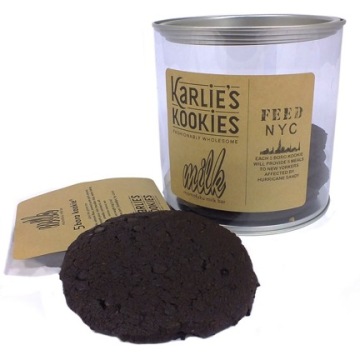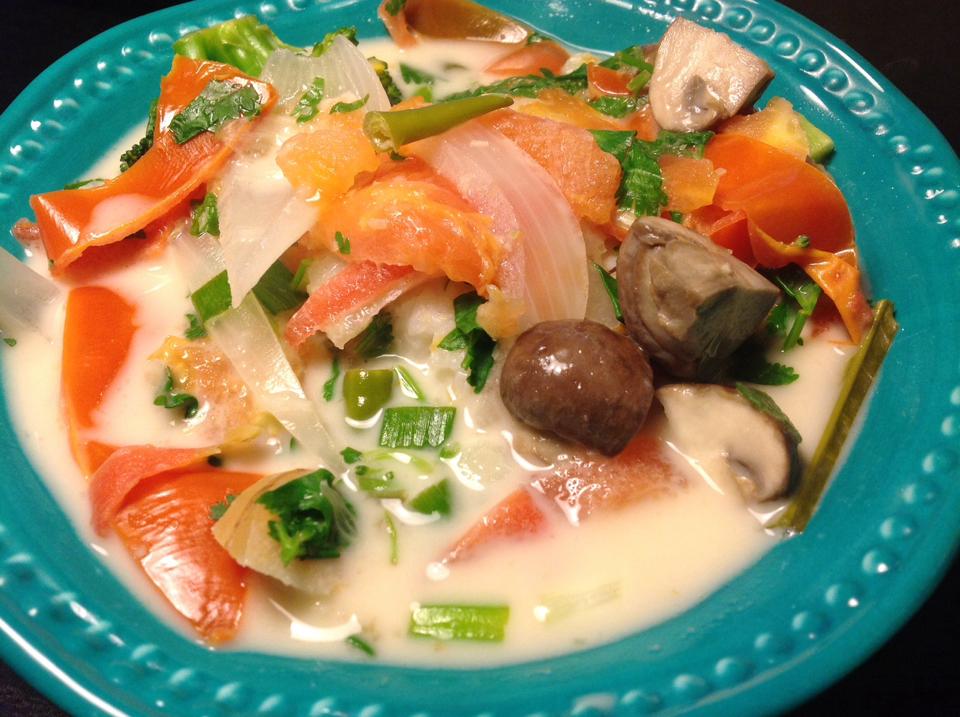Earlier this year, I experimented with one of the fastest growing diet trends in the country: gluten-free. While the wheat-less week introduced me to myriad new carbohydrate options and recipes, my verdict was, alas, not a positive one. Throughout those seven days I also experienced also a plethora of never-before-felt gastrointestinal problems, an ironic lack of energy, and general dissatisfaction with the GF alternatives to foods that I wouldn’t say I loved or even ate daily, but simply took for granted. Life without bread–fluffy bread made with wheat flour, not dense slabs distilled from rice or chickpeas–seemed to me not worth living.
Frustrated with the outcome of this lifestyle change, and my inability to tolerate these new foods, I vowed to never subject myself to unnatural GF products again. (Many foods, of course, are naturally GF: see the surprisingly long list here.) Now, though, I find myself occasionally flirting with the idea of trying it again. What might I have done differently to make my experiment more pleasurable, emotionally and physically? And is swearing off GF entirely perhaps just as exclusionary, and therefore frustratingly restrictive, as committing myself to it wholly?
As someone without Celiac disease or a wheat allergy, I have the luxury to dabble in a GF lifestyle when I choose. Not everyone can do so, and I admire those who have been able to cut out wheat products out of necessity, or not. But for me, fitting GF foods into my diet requires something more of a balance, one that I’m working to find with those memories of chewy bread and crumbling baked goods far enough behind me. Here are some of the strategies I found work best for me, and which might help you gradually or occasionally decrease the amount of gluten in your diet.
– Look to nature: Let’s face it–foods that are eaten as they come from the earth (or with minimal human tinkering) are always best. Fruits, vegetables, legumes . . . the list can go on. So why mess with nature? When choosing GF options, look for the ones that are naturally so and you’ll be much more satisfied. There are admittedly fewer items that are naturally GF and vegan (all meat, dairy, and eggs are GF), but there’s still plenty to choose from. Nuts, beans, rice (yes, rice!), quinoa and other whole grains, nut butters, non-dairy milks, soy products (tofu) are all GF and probably already in your diet. Abiding by similar rules for a vegan diet has also eliminated many unsavory experiences with imitation cheeses and meat alternatives, and once I adjusted my mindset to eating all-natural–not x- or y-free–I felt much happier.
– Leave baking to the pros: I’m all for DYI cooking, especially baking, but I simply can’t master GF baking. The ingredients and techniques for some reason remain elusive to me: the various desserts I’ve tried to make for parties with non-wheat alternatives went untouched by guests. When eating a GF dessert at a restaurant or bakery, however, I’ve never been able to tell the difference and sometimes even enjoyed it more than the gluten alternative. Case in point: Momofuku Milk Bar’s enormous 5boro Kookie is perhaps the most delicious thing I’ve ever eaten. Chocolate fiends, get yourself a tin of these and rejoice in GF splendor (and feel good about it–it’s made by Karlie’s Kookies, supermodel Karlie Kloss’s line of baked goods that provides meals to hungry New Yorkers affected by Hurricane Sandy with every purchase).
– Listen to your body: Are you craving amaranth–a dense but delectably small and easy-to-make GF grain–for breakfast? Eat it. Craving a baguette for lunch? Well, you can eat that, too. Unless you have to for health reasons, eating GF all the time is not a requirement for good health or moral rectitude. There’s little evidence, actually, that GF diets are beneficial to those who don’t have Celiac or other allergies. Sometimes I find that I’ve gone without gluten for a day or two, and my stomach is out of whack or I’m feeling sluggish. So I reach for some wheat–regular bread or bulgar are favorites. Other times, if I’m already low on energy I swap out a morning slice of toast for warm lentils and fruit, and I feel revived the rest of the day. Every body is different, and every day is different, which means your gluten intake can vary without making you a bad person.
Being flexible–in one’s diet and one’s life–is ultimately the key to not breaking in moments of tension or stress. Let GF eating be another area in which you stretch yourself and discover a wide range of tolerance, and it can find a happy and healthful place in your life.
Jennifer’s 1st attempt at GF: I Tried It – Going Gluten Free Vegan
Related: Why I went Gluten Free – Benefits and Results
8 GF and Raw Flour Alternatives
GF Blackout Cookies (Inspired by Karlie’s)
Photos: flickr.com; shopmilkbar.com






